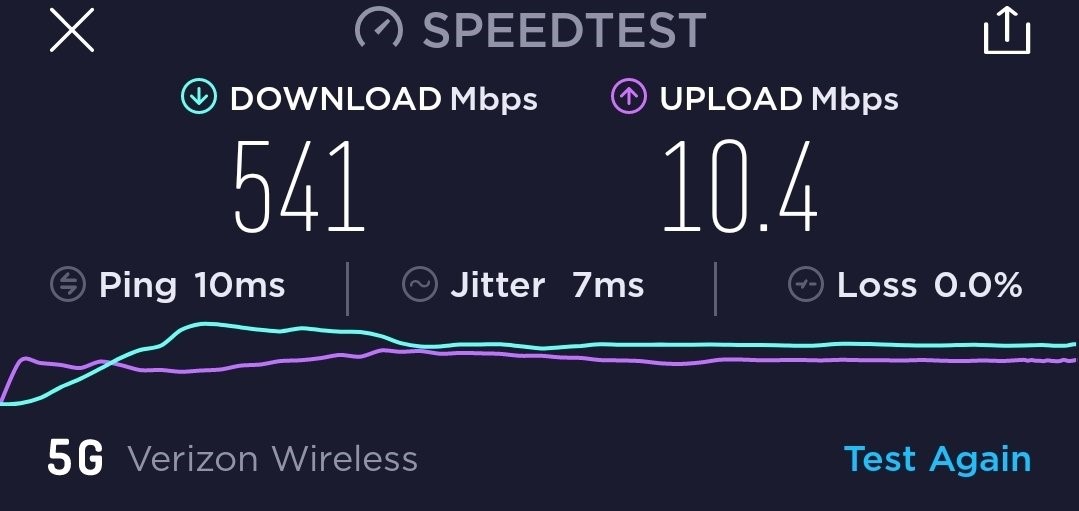FCC Chairman Pai Proposes More Spectrum for 5G

Photo Credit: Getty
Yesterday, Federal Communications Commission (FCC) Chairman Ajit Pai announced that at the agency’s upcoming September meeting, the FCC will vote on two proposals to expand the availability of mid-band spectrum for wireless 5G broadband. If adopted, these measures will help Americans get affordable, speedy Internet connectivity at home and on the go.
Before explaining why the FCC’s announcement is welcome news, a quick refresher on spectrum: It is the medium by which our laptops, tablets, and smartphones send and receive information wirelessly. Although spectrum surrounds us, it is not a limitless resource. It can carry only so much information within a finite space. Fortunately, as technology has improved over the years, spectrum can be used more efficiently than ever. The first iPhone, which came out in 2007, struggled to stream low-quality video without a Wi-Fi connection. Today’s 5G-enabled smartphones can stream multiple simultaneous 4K streams—if they can access a 5G network.
Still, demand for spectrum often outstrips available supply. As more and more devices in our daily lives link wirelessly to the Internet—and as we rely increasingly on video conferencing apps like Zoom to communicate with colleagues, friends, and family—carriers that operate mobile networks will need to continue to improve their capacity. A key part of this equation is expanding the portion of spectrum carriers can harness to transmit data between our devices and the Internet.
Mobile devices aren’t the only users of spectrum. From commercial airliners to military satellites, all kinds of companies and agencies rely on the airwaves to communicate without wires. When Congress created the FCC in 1934, decisions about how spectrum would be used—and who would use it—were made by regulators in Washington, D.C. But starting in 1994, the FCC began to auction off chunks of spectrum to market participants to use as they saw fit. Over 100 auctions have since taken place, but much of the available spectrum remains off-limits to businesses that want to use spectrum to satisfy consumers’ desires.

This is a test of 5G broadband speeds on my Samsung Galaxy S20 smartphone, using the Verizon Wireless Ultra Wideband 5G network
The FCC’s new proposals could move a large piece of spectrum currently allocated “for high-powered defense radar systems” to the commercial wireless sector. According to a recent study from the Department of Commerce, this spectrum is largely empty, but it could soon be full of Internet activity if the FCC moves quickly to auction off much of this spectrum for commercial use. The FCC has also proposed letting public safety agencies that are currently sitting on valuable spectrum licenses to lease their spectrum to commercial entities and others.
Moving more spectrum to market will allow wireless carriers to more rapidly build out 5G networks, and it will encourage competition among carriers by expanding the pool of available spectrum. More spectrum also translates into fewer capacity constraints, potentially alleviating the need for data caps and surcharges aimed at managing consumer demand. The FCC deserves praise for proposing these steps to improve how spectrum is allocated.
For more on spectrum and mobile broadband, see this 2017 policy analysis I wrote with Joe Kane, in which we explain how market mechanisms can improve how spectrum is allocated, delivering potentially massive welfare gains to consumers.